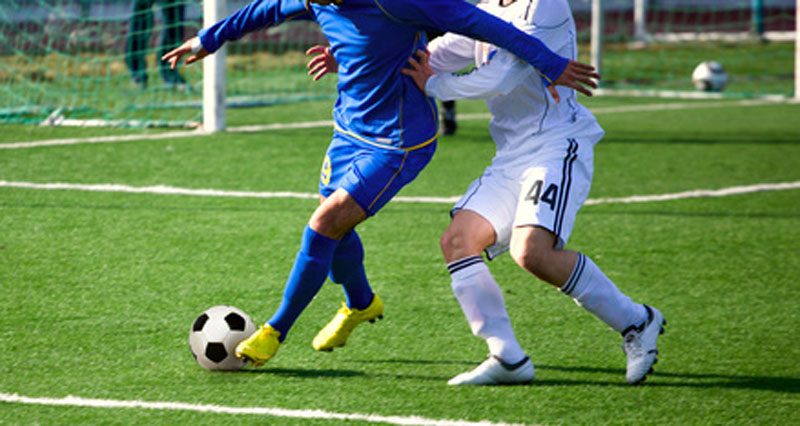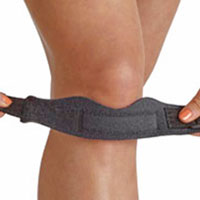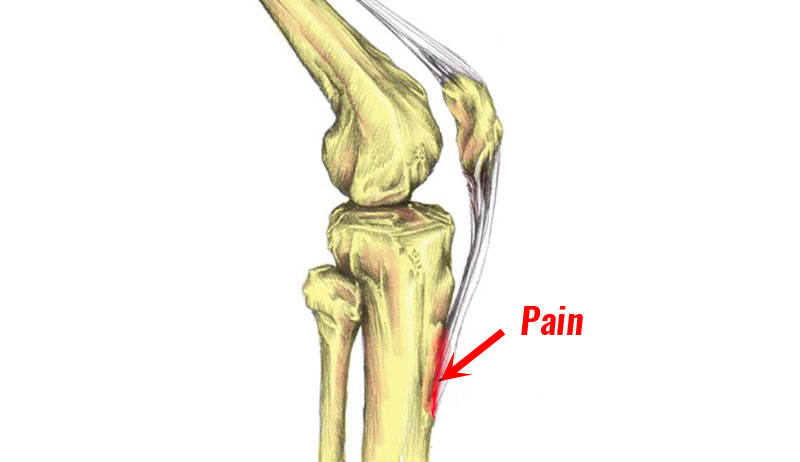Do you suffer from Osgood Schlatter disease? It doesn’t have to be the end of your sporting career, but you will need to change the way you train until you grow out of it. He we explain how to manage your training if you have Osgood Schlatter disease so you prioritise the important training sessions or matches, whilst allowing sufficient recovery time.
Medically reviewed by Dr Chaminda Goonetilleke, 21st Dec. 2021
Can I train with Osgood Schlatter disease?
Osgood Schlatter disease is a painful knee injury affecting young athletes. It is primarily an overuse injury related to a growth spurt.
Rest is a vital part of treating Osgood Schlatter disease. If you ignore the pain and continue to train as normal then it is unlikely to heal. You may even suffer longer-term problems.
The most important thing is managing your training schedule so you can do as much exercise as your knee will allow. If you have pain in your knee you must rest. It may just be a case of waiting until you stop growing so fast and your tendons and bones become stronger.
By focusing on quality rather than quantity or volume in training, you will get the most out of what you are able to do. For example, a football/soccer player may have to reduce training sessions to just once or twice a week.
It is better to get one match/training session in than to have two weeks of full training followed by six weeks of injury. Substitute strength and fitness sessions for skill and technique training. Use it as an opportunity to develop upper body strength or focus on another aspect of your sport.
Educating parents and coaches
A big part of managing the condition is educating the patient, parents, and coaches about the condition and the importance of not overtraining. It is important to manage the young athlete’s training program so they only do what pain will allow. If this means training just once or twice a week then so be it.
They will make more progress with one or two quality sessions as opposed to daily training where lack of progress and frustration is the outcome. What often happens is the pain will settle down, and then the athlete goes back to the usual levels of training. Then it will get to a stage again where the knee is inflamed and you will need to rest and calm it down again. That will be the pattern that quite a few children will do for years and years.
They can still get enough training done so they can improve technically so they still have a chance of making it as a professional sportsperson. But if you keep pushing and pushing and ignoring it then you might end up with a situation where it is so painful that you could miss 12 months or more of training and that they could end the chances of that child achieving a career in professional sport.



